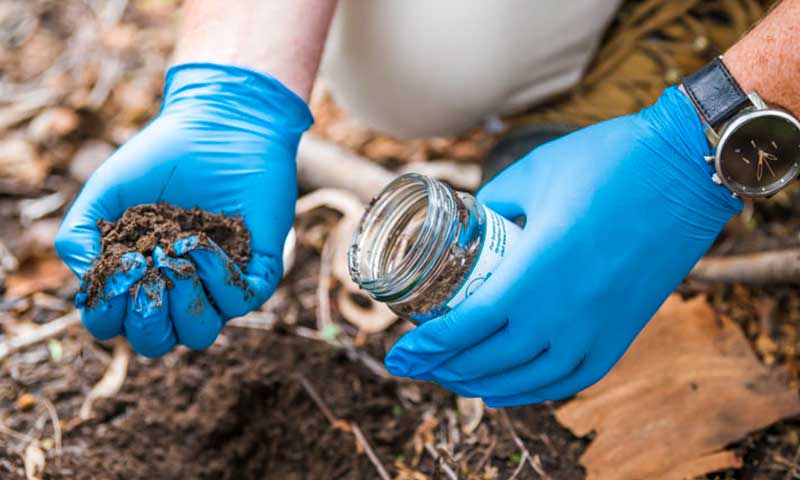What is a Waste Classification and why do we do it?
Waste is a natural byproduct of construction: you demolish a building, you dig a hole in the ground to lay foundations, and you end up with materials that you need to do something with. You can’t just dump the materials anywhere you please (at least, not without getting in trouble with the law).
Instead, it’s important to work out what kind of material you’re dealing with, and in particular whether it’s contaminated with potentially hazardous material. This is why you need a Waste Classification — to determine where you can dispose of waste material, how you must dispose of it, and whether you can sell the material on to be used at another site.
How do we classify waste?
Classifying waste is a complex process, outlined in the EPA’s Waste Classification Guidelines. It can involve investigating the history of the site and the waste product itself, as well as laboratory testing for various types of contamination.
Ultimately, the aim is to place the waste into one of six classes:
- Special waste: This includes asbestos, clinical waste and tyres — categories that have their own special requirements about disposal
- Liquid waste
- Hazardous waste: Includes explosives, gases, flammable solids, and waste that has been contaminated with lead, coal tar and other hazardous materials
- Restricted solid waste: Waste with a level of contamination lower than hazardous waste, but higher than general solid waste
- General solid waste (putrescible): Waste that includes food scraps, manure, and other materials that decay, smell, or attract vermin
- General solid waste (non-putrescible): Waste that doesn’t fit into any of the other classes
What is Virgin Excavated Natural Material (VENM)?
Virgin Excavated Natural Material (VENM) is a special type of general solid waste (non-putrescible). It includes any natural material that has never been farmed, built on or otherwise modified, and is uncontaminated with hazardous materials.
The advantage of having waste classified as VENM is that you can sell it to to be re-used at another site (what used to be called “clean fill”).
If you’re planning to sell VENM, you must have paperwork to prove that it’s VENM. That means you need to get experts involved to assess and, if necessary, test the material.
Need help with waste or VENM classification? Contact Airsafe





